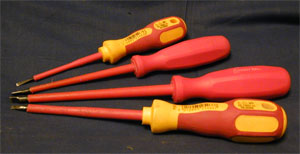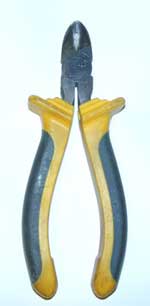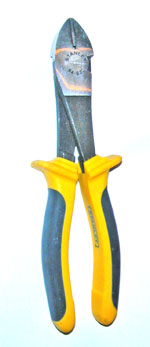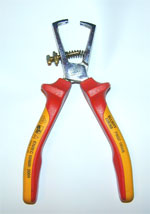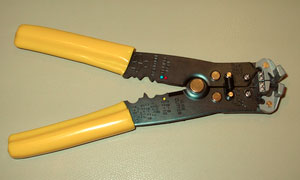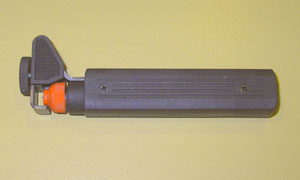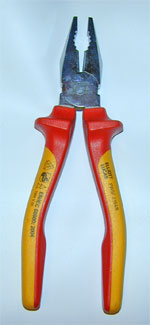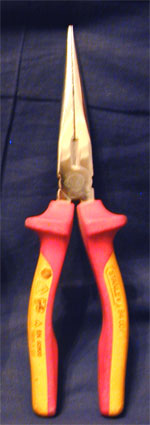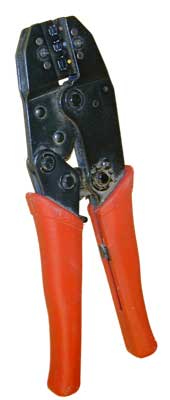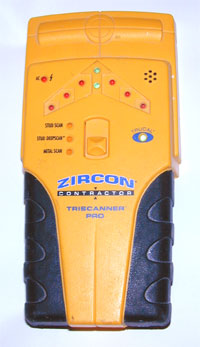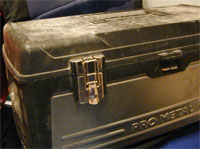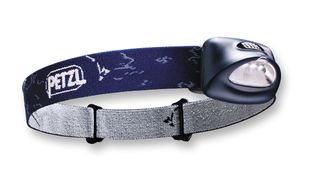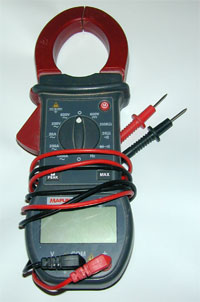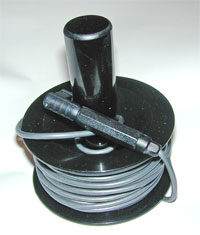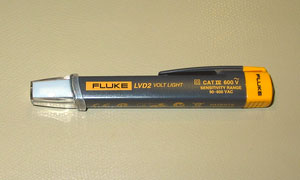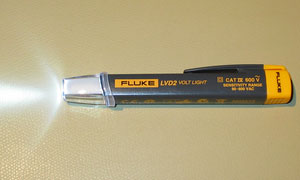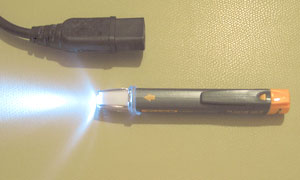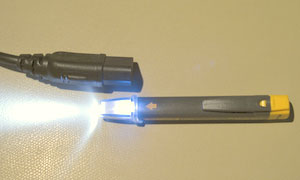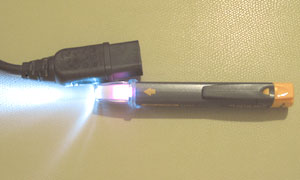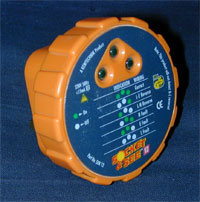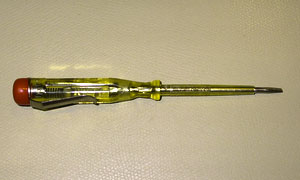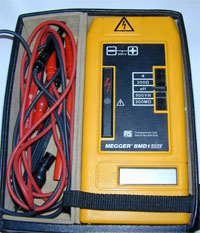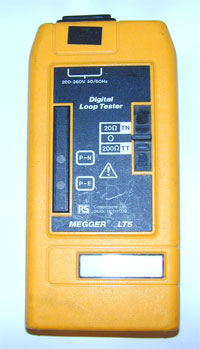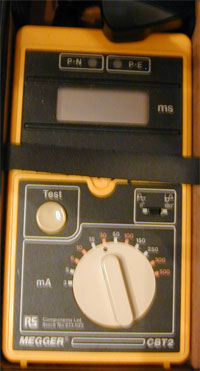Electrical Installation
This article is all about the non engineering side of electrical installations. Its purpose is to explain some of the techniques that are used when installing electrical equipment and wiring in typical domestic situations.
m5l4Ki <a href="http://ehskuvcoprom.com/">ehskuvcoprom</a>, [url=http://yaimddzlajyc.com/]yaimddzlajyc[/url], [link=http://wlinrojpdwri.com/]wlinrojpdwri[/link], http://zjmlzhyssfhw.com/
Tools
The following is a big list of tools (in addition to all those mentioned specifically elsewhere!), some are essential, and some just handy to have. Essential in this case means these are tools that you need to do the job safely - you may be able to do it with less, but you may be putting yourself at risk when doing so.
Many of the mechanical aspects of wiring have little to do with the things that one traditionally associates with the work of an electrician, and are really nothing more than general building and carpentry tasks.
| Type | Description | Need |
|---|---|---|
| SDS Drill (3 function) & bits | The ability to not only drill holes, but also quickly and neatly chisel out holes for socket boxes, and neat wall chases make the SDS drill a wonderful time saver. | Very Handy |
| Cordless drill/driver & bits | In general cordless tools are very handy to have for electrical work since you will often be working in areas without power. Making holes, and fixing things in place probably come right near the top of the list of tasks faced by anyone undertaking electrical work. A medium size (say 14.4V or better) combi-drill is ideal for this sort of work. Having the hammer facility can make drilling holes into masonry for wall plugs far easier. | Very Handy |
| Insulated screwdrivers (VDE) | VDE tools[1] are insulated and tested to to a high standard. This ensures that should the metal part of the tool make contact with live metalwork, no harm will come to the person holding the other end. These are cheap to buy, and essential for working safely on electrical installations. Not just for the rare occasions where live working is required, but for the far more typical cases where one is working in close proximity to live circuits, or even on circuits that really ought to be dead, but are not!
All things said and done, you can make do with some ordinary screwdrivers for jobs not involving work on electrical fittings etc, and you may choose to buy a limited set of VDE insulated drivers: a medium phillips (typical for MCB terminals) and a small and medium flat blade for other terminals. |
Essential |
| Side Cutters
High leverage version - for heavy cables |
VDE insulated side cutters are essential (one day, you will pick the wrong cable to cut). Side cutters are used for cutting cables and wire to length, and they are also often invaluable for stripping cables of their outer insulation. Some cutters also include specific facilities for wire stripping, [eg]. | Essential |
| Wire Strippers
Automatic version For stripping outer sheath of twin & earth |
Good wire strippers make life very much simpler (while it is true that someone proficient with side cutters can often strip a wire quite satisfactorily with them as well, there is far more scope for bruised knuckles, damaged conductors, and tatty looking wire ends without them). The style of wire cutter is much a matter of personal preference. Side strippers are quick and easy to use - especially on smaller wires. The end action ones may be better for tough insulation found on the thicker and also special purpose wires. Some people also like to have an automatic wire stripper. These can make repeated stripping operations very much quicker.
The sheath strippers are designed to make removing the outer insulation of Twin & Earth easy. While this is usually easy enough to do at the end of a wire by simply cutting lengthways up the end with side cutters, grabbing the earth conductor, and tearing it out through the side of the cable, the sheath strippers come into their own should you wish to strip outer insulation from the middle of a section of cable - so as to achieve an unbroken wire connection to a socket in a ring circuit. |
Highly desirable |
| Combination pliers | Regular square nosed medium set are useful for holding, bending, and twisting wires, tightening locknuts etc. In fact, anywhere you need extra gripping power. | Handy |
| Long nose pliers | A good pair of long nose pliers are the ideal tool for fishing wires out of awkward corners, and holding tricky wires in place as you tighten terminal screws. Note however, that even with VDE insulated ones, care must be taken, since they have a large expanse of exposed metalwork that could easily short against live parts or earthed casings. | Very Handy |
| Ratchet action cable crimper | Essential for making sound wire joints which will later become inaccessible, or where space is too restrictive to allow terminals (aka "choccie blocks") to be used. See the Cable crimping article for full details of how to use these. | Often Essential |
| 20mm Hole Saw | One of those universal truisms with many electrical accessories is that the "knock outs" are often in the wrong place, or failing that, won't actually knock out without wrecking something. A small hole saw is the ideal way to persuade them of the error of their ways! | Handy |
| Metal, voltage, and stud detector | One of these that actually works (like the one pictured) is a massive time saver. It can find studs behind plasterboard, and buried pipes and cables (and tell you when they are live). Note: the stud detection is defeated by foil-backed plasterboard, but you can still use the metal detection facility to find the nails or screws that are holding it to the studs! Failing this, a small strong magnet can prove very effective at finding screws, nails & brackets etc behind boards if you sweep them slowly across the board with your hand. Bear in mind, though, that non-ferromagnetic materials such as copper pipes & cables won't be detectable! | Well worth having |
| Tool box you can sit on! | Note to be underestimated, but a decent tool box that is designed to be usable as a step is a wonderful time saving invention! Ideal for a quick seat to place you at socket height, they also help you reach ceiling fittings without needing a ladder in many cases (unless you are working in tall Victorian rooms, or were a bit short changed in the height department ;-)) | Very handy |
| Torch and/or Head Torch | Good reliable torches are often a must for many cable access jobs. LED units in particular are very good since they will run for a very long time on a set of batteries (keep spares in the toolbox though!). A Headtorch in particular can gain huge amounts of productivity when actually wiring since it puts the light exactly where you need it and leaves both hands free. | Very Handy |
| Knife | A sharp knife (like a plastic bodied snap off blade utility knife) is also often very useful. Jobs like stripping some types of cable are very much simpler with one. Just take care not to try cutting more solid items like plastic boxes with one - it will only end in tears! | Very Handy |
[1] Just in case you were wondering what VDE stands for, the answer is: It wouldn't help much as the words are German! It is an internationally accredited German testing and standards institute. In their own words:
- "The VDE Testing and Certification Institute is accredited on a national and international level for the area of testing and certification of electrotechnical equipment, components and systems. Testing of electrotechnical products is conducted for safety, electromagnetic compatibility and other characteristics."
Test gear
Advanced test gear
For anything other than basic alterations and additions to existing circuits, some more sophisticated test equipment is really required. These items can be bought as separate units or as an integrated multi-tester that combines all the functions. Again, you will probably live if you don't use this kit, but it is the only way you are actually going to prove that your wiring is performing as it should.
| Type | Description |
|---|---|
| Insulation resistance tester ("megger") | These are often multi function devices that measure wire resistances with good accuracy, and are also able to perform resistance measurements using a very high test voltage (e.g. 500V or more). This will detect any part of a circuit (or whole installation) that has failing or damaged insulation. These can be very handy for finding tricky faults causing nuisance tripping of RCDs for example.
Great care must be taken with these devices. Firstly, they will give you a shock if you hold the probes and push the test button. Secondly, you need to make sure there is nothing connected to the circuit under test that might be damaged by the high test voltage (some RCDs, dimmers, and electronic power supplies etc). |
| Earth loop impedance tester | These are very useful devices that will allow you to measure the earth fault loop impedance at any socket in a circuit. This lets you prove the effectiveness of the earth, and establish data you will need for circuit design. They can also be used to measure the performance of earth rods. In many cases they will also let you measure the Prospective Short Circuit current and the Prospective Fault current of a circuit.
Older devices like the one pictured, perform tests using a fairly substantial test current. This is good in the sense that it proves that the earth really does work under simulated "fault" conditions, but has the downside of tripping any RCD protecting the circuit under test. More modern devices also have the capability of carrying out non-tripping tests. |
| RCD Tester | About the only way to properly test a RCD. These inject a user-selectable earth leakage current into a circuit, and then time how long (in 1/1000ths of seconds) it takes the RCD to disconnect the power. More sophisticated versions can also carry out "ramp" tests that slowly increase the leakage until the trip point is found.
Not only required for RCD tests, they can also often help establish the cause of nuisance trips. |
Good workmanship
Take care of your wires and they will last longer and give less potential problems in the future.
Mechanical protection
| Type | Description | ||||||||||||||||||||||||||||||||||||
|---|---|---|---|---|---|---|---|---|---|---|---|---|---|---|---|---|---|---|---|---|---|---|---|---|---|---|---|---|---|---|---|---|---|---|---|---|---|
| Capping | To protect cables from damage by plastering trowels, capping is ideal (plastic or metal). The advantage of capping over conduit is that it is easy to fit after a cable has been installed, and it won't substantially affect the cable's ability to lose heat. | ||||||||||||||||||||||||||||||||||||
| Plastic Conduit | Plastic conduit can be used for added protection to surface-run cables. Note: it is not well suited to burial since it offers little protection from drills, nails and screws, while lowering the current carrying capacity of the cable. | ||||||||||||||||||||||||||||||||||||
| Metal conduit | Metal conduit can be buried and also (if installed correctly) can be used as the circuit protective conductor (i.e. "earth"). It also offers good protection against penetration. It can also be surface-run and offers good protection in harsh service conditions. Metal conduit is not, however, easy to use since it requires additional tooling to bend, cut and thread the sections. The installation also needs to be carefully designed, to enable all the cables (or 'singles') in one section of conduit to be drawn through in one pass, and to ensure that cables are not drawn through more than the permitted maximum number of bends or corners (usually equivalent to 2 x 90 degrees). Regulations require that all conduit is in place and continuous before drawing in cables. | ||||||||||||||||||||||||||||||||||||
Grommets 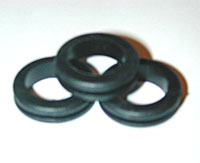 |
Rubber grommets should be used anywhere a cable passes through a hole in a metal enclosure or back box. These will stop the insulation being damaged by sharp edges (not only from movement of the cable during installation, but also from movement caused by vibration or thermal expansion effects in use). | ||||||||||||||||||||||||||||||||||||
| Strain relief sleeves | Sleeving can help protect flexes and cables at any point that they will be subject to stress caused by carrying their own weight from a suspension point, or by externally applied movement. | ||||||||||||||||||||||||||||||||||||
| Glands | When attempting to make a cable entry or exit waterproof, or when working with cables that must be terminated with glands like SWA, glands must be used. These not only fix the cable in place but also offer the water protection required, strain relief and often a facility to connect the cable screen (where present) to earth. | ||||||||||||||||||||||||||||||||||||
| Minimum bend radii | Care must be taken with cables, to not attempt to bend them too acutely, since this may cause damage. Over bending a cable can crack the insulation or strain the conductors, causing the conductor to cut through the insulation.
OK, so how much can we bend a cable? The maximum bend that can be put in a cable is described as the "minimum bend radius" at the inside edge of the cable. A simple way to imagine this is:
So what does this mean in real life? The most common cable for house wiring is BS6242Y, or "Twin and Earth" (it might also be BS6243Y "Triple and Earth in some parts of the lighting or heating systems). Table 4E of the IEE Onsite Guide (17th Edition) states that for thermoplastic PVC cable with circular or circular stranded copper conductors, we may use the following calculation to determine the minimum bend radius:
Note: the "diameter" of a flat cable should be be taken to be the larger of the two sizes.
For SWA cables, the minimum radius is simply 6 x the overall diameter of the cable. If your cable is not listed above, then you will need to refer to the manufacturers' data sheet. |
Labelling and identification
A well labelled installation is one of the signs of a good one! Things like:
- Clear labels on the consumer unit to identify what is protected by each fuse or breaker.
- Identify main switches.
- Make sure earth and equipotential bonding conductors have the "Safety electrical connection - do not remove" tag on them.
- Identify main equipotential bonds (gas, water etc).
- Make sure any wires that are being used in a non obvious way or contrary to the expected use based on their colour, are sleeved with appropriate coloured tape or sleeving. e.g. the switched live returning from a light switch is carried in the black/blue insulated wire, it should be flagged with red/brown at both ends (you will curse the installer, the next time you remove a ceiling rose and then notice no marking on the switch wire!)
- An installation that uses both 'old' (red/black) and 'new' (brown/blue) colour codes must have a warning label affixed to the consumer unit.
Support
Clips
Unless otherwise supported, cables should be supported by clips at regular intervals:
- Horizontal runs - one clip at least every 250mm
- Vertical runs - one clip at least every 400mm.
For horizontal runs, the nail in the clip should be under the cable, not over, to reduce the risk of the cable pulling away from the clip.
Do not stack multiple cables under a single clip - this is a bodge and you risk damaging the cable.
Always add a clip as close as reasonably practical to the termination (eg. consumer unit or junction box).
Trunking
Many types of trunking exist - some, like self-adhesive mini trunking are easy to fit (even though it usually falls off the wall shortly afterwards unless you buy a good brand to start with!). Try not to overstuff trunking, otherwise the lid won't go back on.
Under Floors
Under upper floors, cables can simply rest on the ceiling of the room below for support. However, under ground floors of older properties there may be a substantial void beneath the boards. Sometimes it will still be acceptable to allow the cable to lay on the sub floor, however this is not the case if the floor is damp (or likely to become so). You also need to take into account the possibility of rodent damage. If these problems are anticipated, then it is important to support the cable under the joists using clips, trunking etc. Where rodent damage is a known problem, (metal) capping may offer some more protection.
Making good
Once you have installed and tested all your new wiring, there is the rather more mundane task of filling all the holes, and reinstating the fabric of the building before you lose too many household pets or children into floor voids, or incur the wrath of the style police!
Filling chases
Bonding plaster is cheap and easy. Fill just below the surface to allow a final skim of filler or multifinish plaster. If the wall is old and crumbly, then paint some dilute PVA into the chase first, to stop it sucking all the water out of the plaster & to improve adhesion.
Try and avoid getting wet plaster into the back of switches and sockets (or you might find out just how well those RCDs work!)
If the cables keep popping out of the chase, then the occasionally well-positioned wide-headed clout nail (beside the cable, not through it!), or dab of grab adhesive will keep things in place until the plaster has had time to set. Old plaster is ideal for this - it sets faster.
Replacing floor boards
Nail or screw them. If you think they will need to come up again, use screws (they will probably squeak less as well). Where you have had to make cuts that are not over joists, you will need to include additional support. A short length of 2" x 2" screwed to the side of the joist can take the end of a board.
